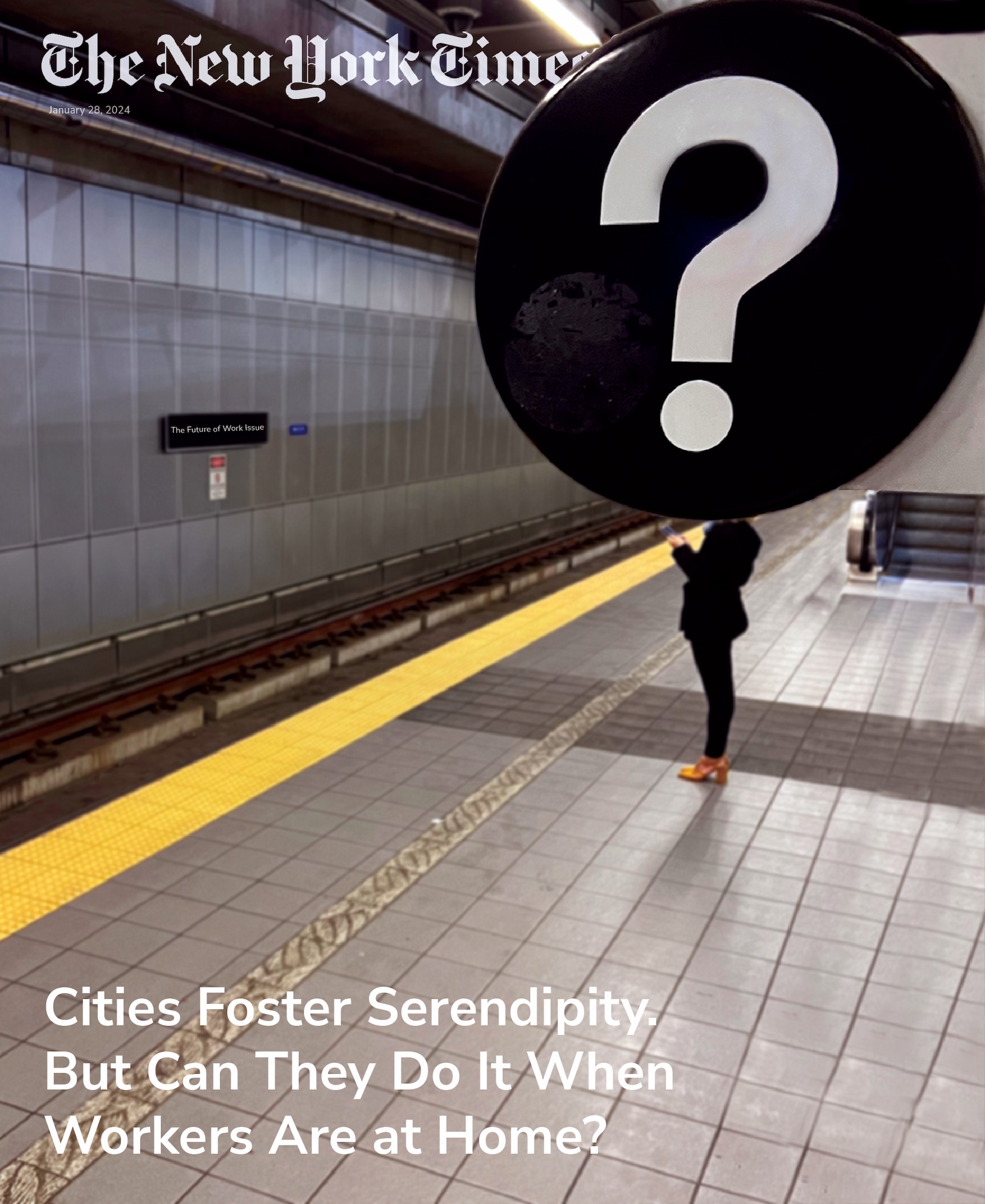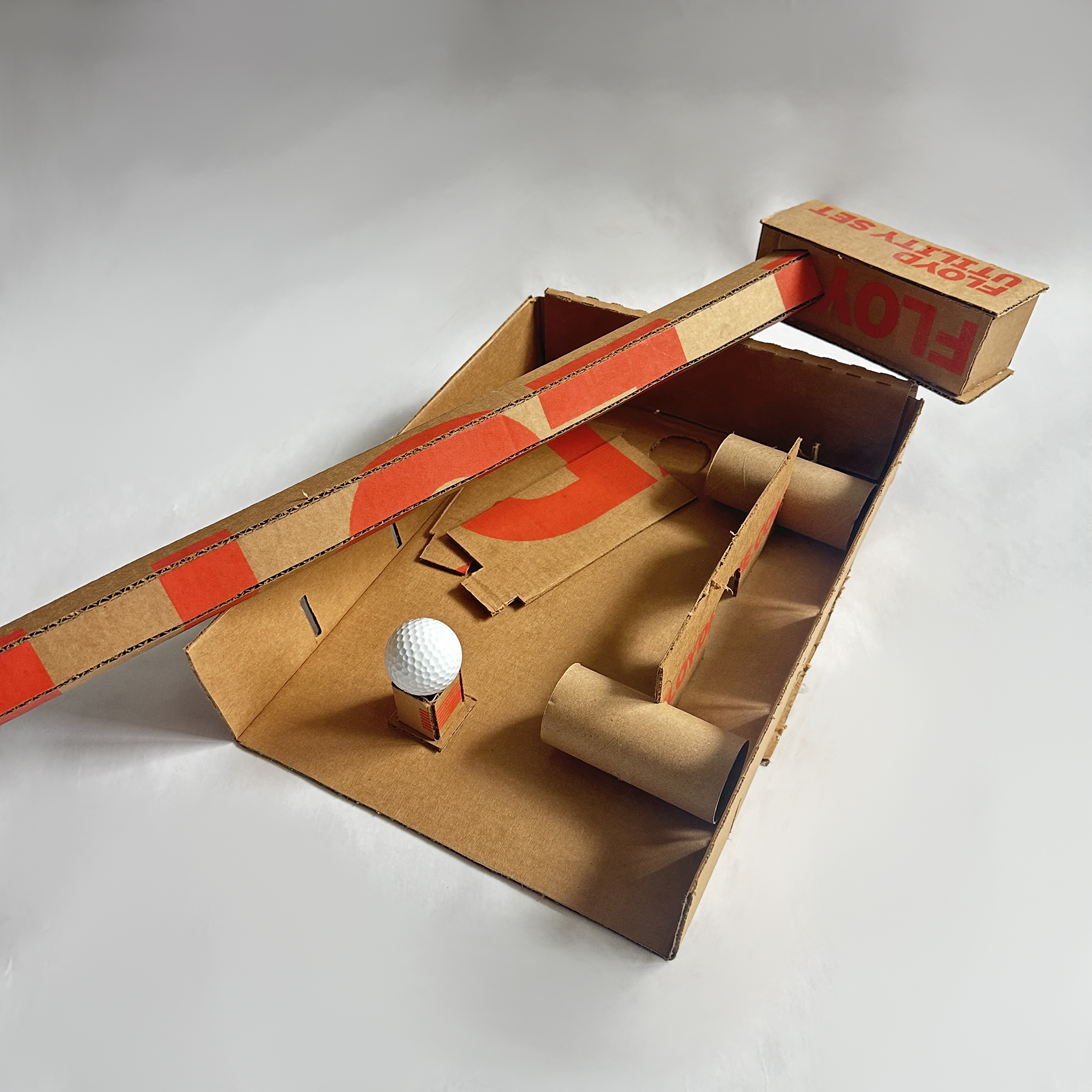This is an example of how design has engaged with a vision of the future. These can be visions of the future that are still being worked toward today, or visions from the past that have had their influence and faded. The key idea is that the vision was articulated first, and then designers worked toward making it a reality.
Plant-based meat alternatives have a long history, originating in China during the Han Dynasty (206 BC-220 AD) in the form of tofu. Seitan and tempeh, also developed in East and Southeast Asia, are other early examples of plant-based meat. It is produced directly from plants, rather than relying on animals, making meat production more efficient. Some defining characteristics include climate crisis, public health risks, and ethical treatment of animals. As people grew more concerned about the environmental impact of animal agriculture and advancements in food technology were made, consumers demanded more sustainable and ethical food choices. These factors led to the increasing availability of plant-based alternatives.
Which burger is the beef burger? Click here to reveal the answer!
If you choose the number two, you would be correct! If you did not, don’t worry at all, it can be hard to tell the difference on purpose. The first burger is an Impossible Burger, and the third one is a Beyond Burger.
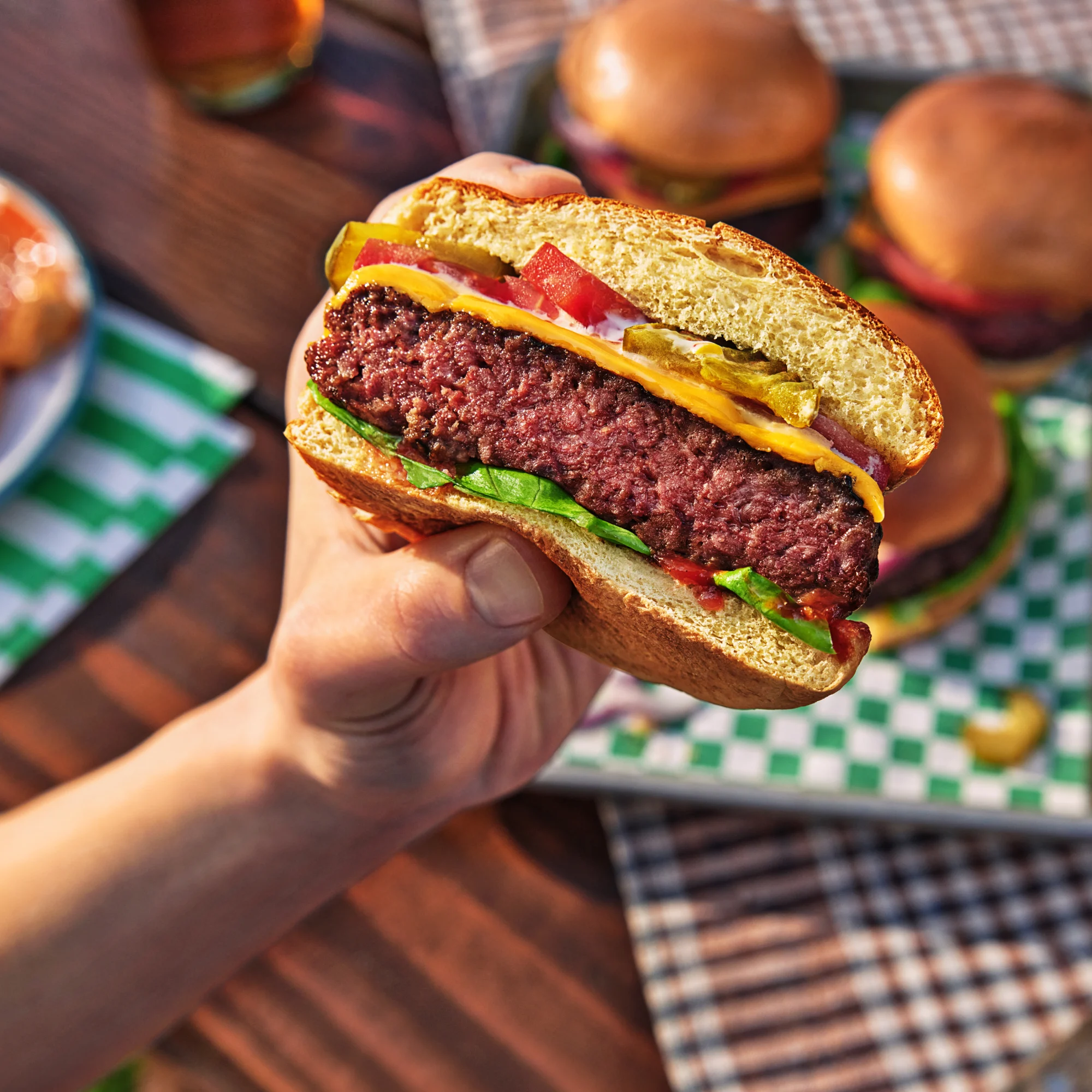
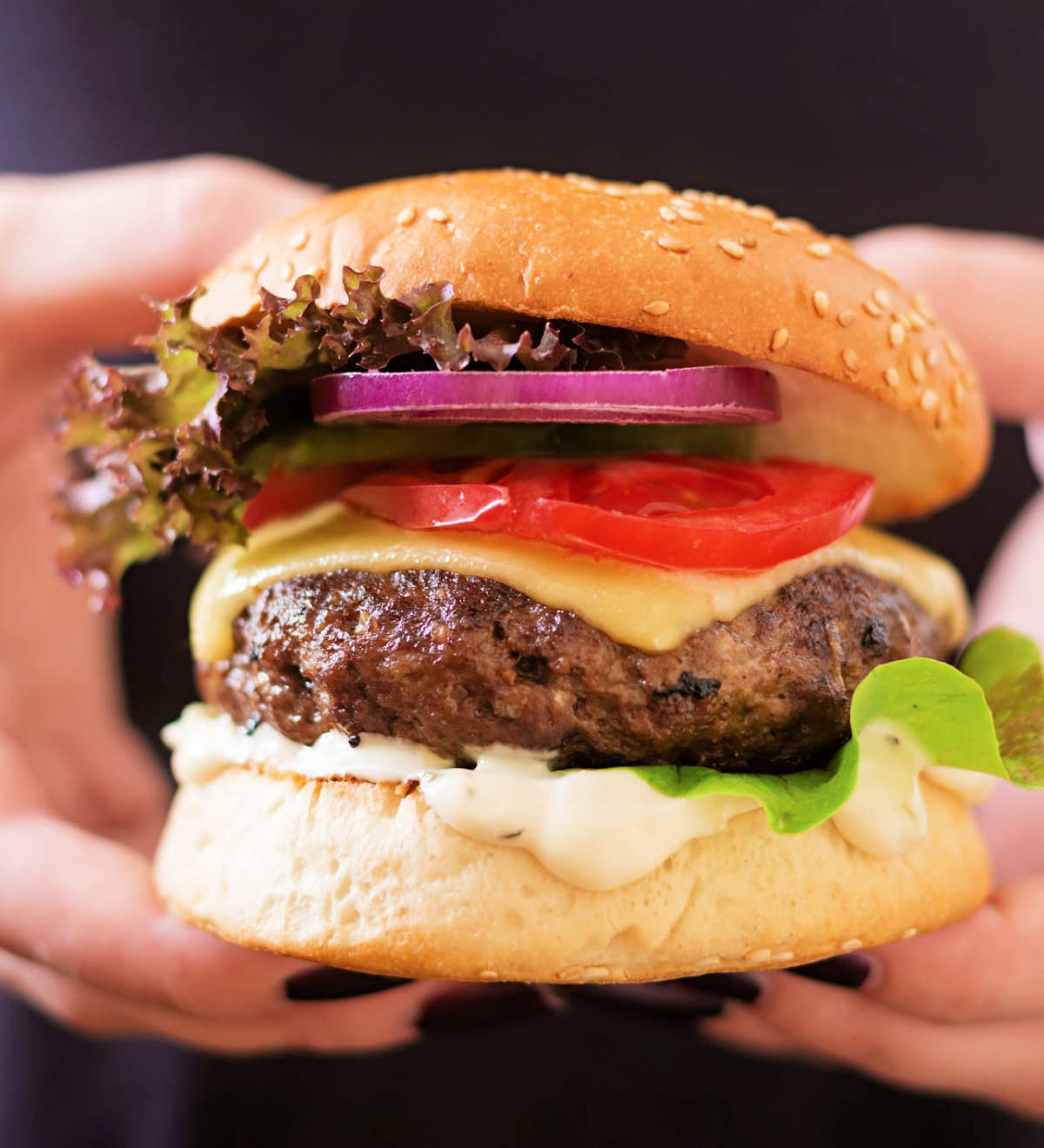
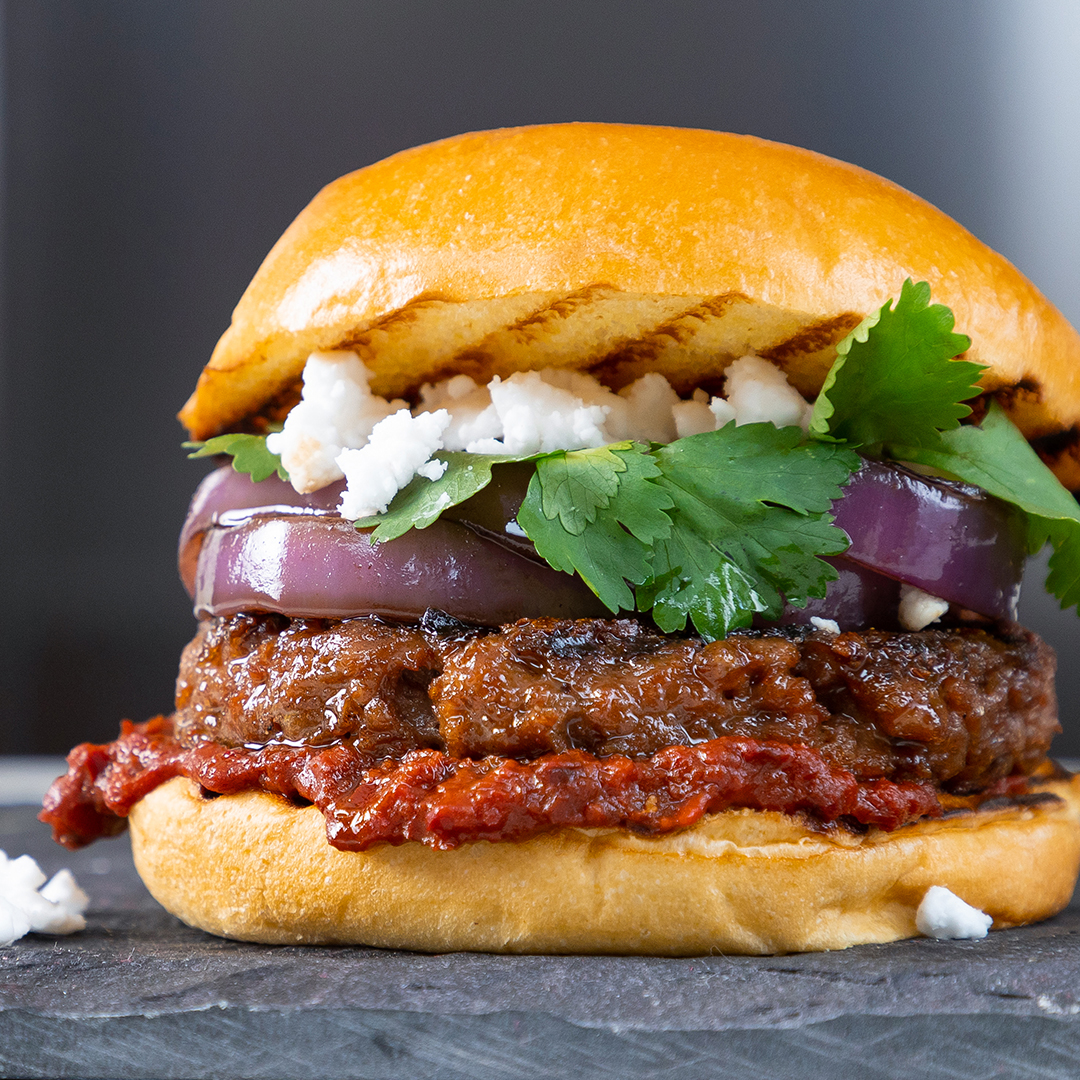
Impossible Foods & Beyond Burger
A notable company that responded to these requests is Impossible Foods, founded by Patrick Brown, and Beyond Meat, founded by Ethan Brown. Both starting in 2009 to address climate change and offer a more sustainable meat alternative, Brown and Brown found ways to develop a plant-based burger that could mimic the taste, texture, and feel of a beef burger. Impossible Foods became public in 2016, while Beyond Meat debuted in 2011; both have become very popular meat alternatives. Their backgrounds included a mix of biotechnology, environmental science, and user experience, with a focus on making plant-based meat appealing not just to vegans but also to meat lovers. Their goal is to design food products that match the texture, flavor, and nutritional value of traditional meals while utilizing plant-based proteins. Using heme, an iron-containing molecule naturally found in blood and meat, allows for the design of Impossible Burgers to “bleed” like real meat. Heme also helps replicate the taste and texture of a real beef burger. Beyond Burgers uses pea protein and beet juice to replicate the look and feel of meat. Both utilize design thinking principles, empathy for meat-eaters, iterative testing for taste and texture, and branding strategies that distance them from traditional “vegetarian” tropes.
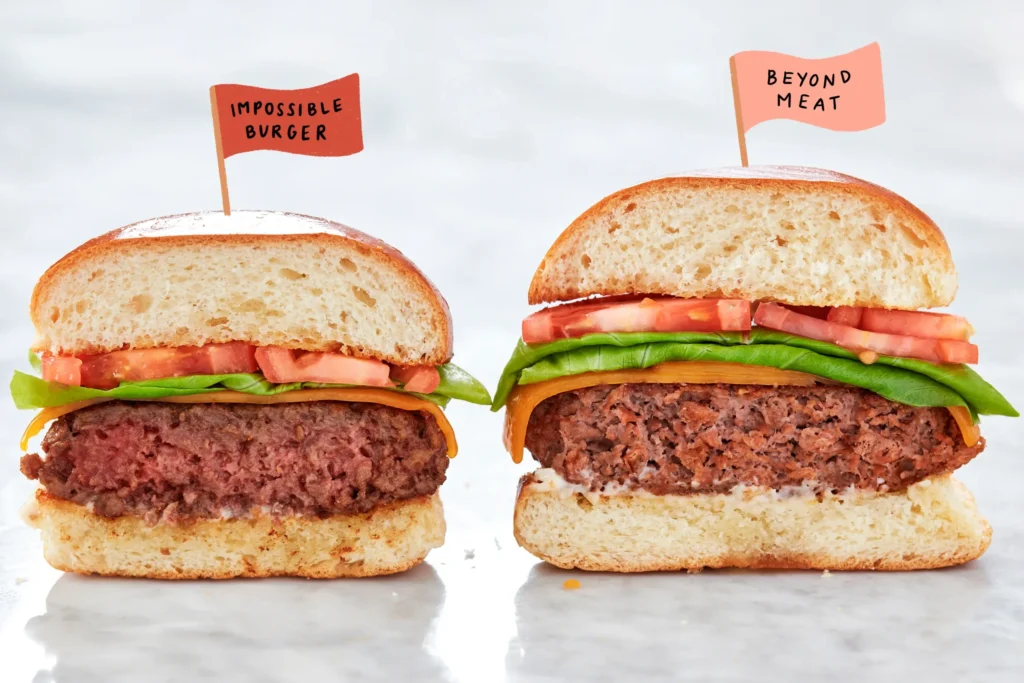
Learn More!
Click on each icon to go to their websites and socials.
